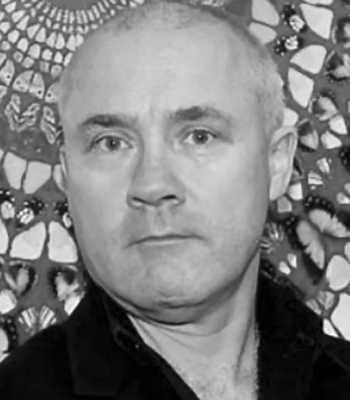 A leading figure in the Young British Artists movement in the late 1980s and 1990s, Damien Hirst (born 1965 in Bristol, England) became controversial for his dead animal displays and spin paintings. Raised Catholic in Leeds, he had a well-pronounced dark side as a child, when he showed an interest in the gruesome aspects of life.
A leading figure in the Young British Artists movement in the late 1980s and 1990s, Damien Hirst (born 1965 in Bristol, England) became controversial for his dead animal displays and spin paintings. Raised Catholic in Leeds, he had a well-pronounced dark side as a child, when he showed an interest in the gruesome aspects of life.
In 1988, while studying art at Goldsmith’s College at the University of London, he assembled a ground-breaking exhibition featuring works by Fiona Rae, Sarah Lucas, and others, as well as his own. They became known as the YBAs, distinguished by their use of unusual materials and for their challenging art concepts.
Advertising mogul and art collector Charles Saatchi started investing in Hirst’s work. Following his first solo show at London’s Woodstock Street Gallery in 1991, Hirst participated in the Young British Artists show at the Saatchi Gallery, famously exhibiting The Physical Impossibility of
Death in the Mind of Someone Living, a 14-foot-long glass tank with a shark preserved in formaldehyde. At the 1993 Venice Biennale, he showed Mother and Child Divided, an installation that featured a bisected cow and her calf displayed in four vitrines, or glass cases, filled with formaldehyde.
He won the prestigious Turner Prize in 1995. In 2007, he unveiled For the Love of God, a diamond-encrusted skull made of platinum. Many critics were less than impressed with this “celebration against death,” as Hirst described. Others marveled at the anticipated selling price of $100 million. Hirst continues to make new work and exhibit around the world.

